Archives
- 2025-12
- 2025-11
- 2025-10
- 2025-09
- 2025-03
- 2025-02
- 2025-01
- 2024-12
- 2024-11
- 2024-10
- 2024-09
- 2024-08
- 2024-07
- 2024-06
- 2024-05
- 2024-04
- 2024-03
- 2024-02
- 2024-01
- 2023-12
- 2023-11
- 2023-10
- 2023-09
- 2023-08
- 2023-07
- 2023-06
- 2023-05
- 2023-04
- 2023-03
- 2023-02
- 2023-01
- 2022-12
- 2022-11
- 2022-10
- 2022-09
- 2022-08
- 2022-07
- 2022-06
- 2022-05
- 2022-04
- 2022-03
- 2022-02
- 2022-01
- 2021-12
- 2021-11
- 2021-10
- 2021-09
- 2021-08
- 2021-07
- 2021-06
- 2021-05
- 2021-04
- 2021-03
- 2021-02
- 2021-01
- 2020-12
- 2020-11
- 2020-10
- 2020-09
- 2020-08
- 2020-07
- 2020-06
- 2020-05
- 2020-04
- 2020-03
- 2020-02
- 2020-01
- 2019-12
- 2019-11
- 2019-10
- 2019-09
- 2019-08
- 2019-07
- 2019-06
- 2019-05
- 2019-04
- 2018-07
-
The host virus coexistence is completely dependent on
2021-06-25

The host-virus coexistence is completely dependent on the balance between a strong immune response inhibiting virus replication and immune evasion and survival of the virus with periodic shedding to enable transmission to new hosts. In the process of ensuring this balance, the virus manipulates 7TM
-
br Concluding Remarks Recent studies have provided unprecede
2021-06-25

Concluding Remarks Recent studies have provided unprecedented details of APC/C structure and enzymology, which explain how the activity of this massive E3 ligase is controlled, and how ubiquitylation is achieved to temporally regulate cell division. Although one pervasive question has been why th
-
The differences between ground and transition state properti
2021-06-25
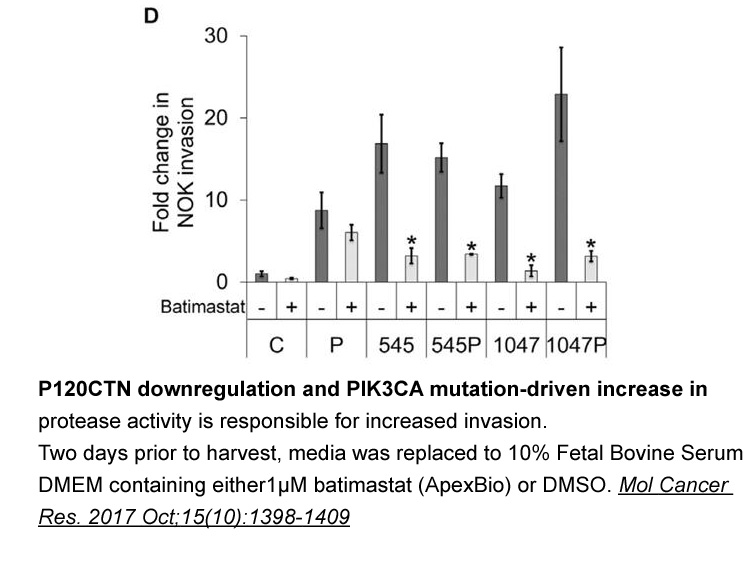
The differences between ground and transition state properties are exemplified by a comparison of our human–yeast results with those of a structural study of possible differences in ubiquitin-Uba-1 binding in yeast (known structure) with human (simulated in [12]). Their discussion focuses on Ubiquit
-
DNA bound Ku proteins recruit DNA PKcs
2021-06-25

DNA-bound Ku proteins recruit DNA-PKcs; and thereby translocate into the duplex by one helical turn, leaving DNA-PKcs near the DNA terminus to assist in tethering the broken ends together [25]. In addition to keeping the DSBs in close proximity, DNA-PKcs may prevent exonucleolytic degradation of the
-
The unique property of mutant IDH in producing an
2021-06-25
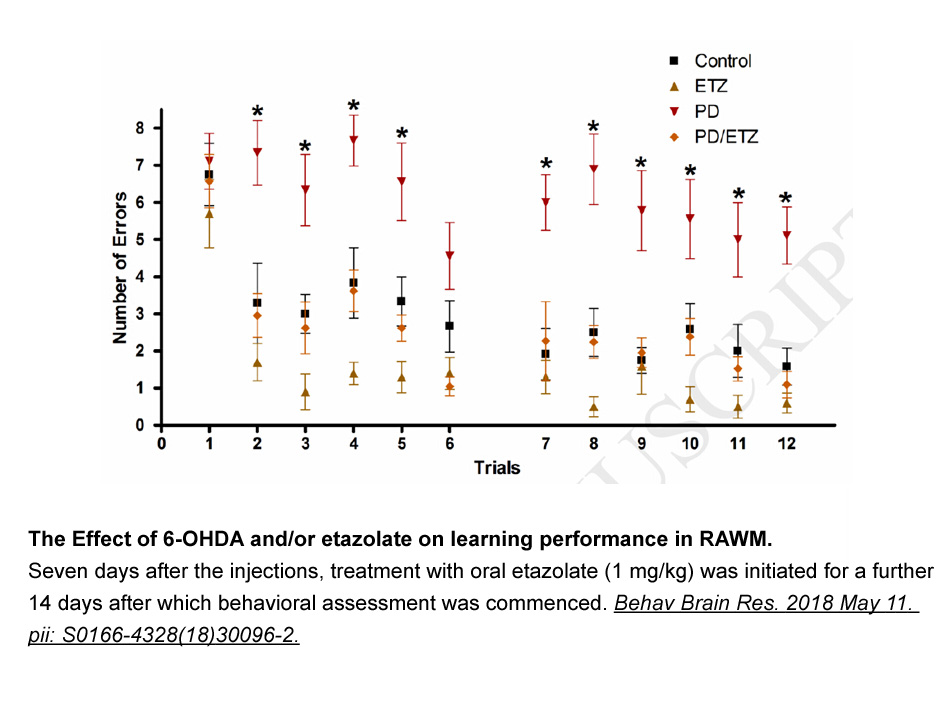
The unique property of mutant IDH1/2 in producing an oncometabolite that has no known physiological function makes mutant IDH enzymes as obvious potential therapeutic targets for the treatment of IDH-mutated tumors (Rohle et al., 2013, Wang et al., 2013). Clinical studies have also suggested the pre
-
br STAR Methods br Acknowledgments We are grateful
2021-06-25
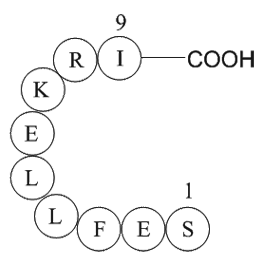
STAR★Methods Acknowledgments We are grateful to Matthias Mayer at ZMBH in Heidelberg for access to his CD-spectrometer and his help in data interpretation. Technical support by Wolfgang Weinig is gratefully acknowledged. This project was financially supported by the European Union as part of t
-
We also discovered important clues to domain binding sites
2021-06-25

We also discovered important clues to domain HJC 0350 receptor of DGKs and how to exploit these regions for development of DGKα-selective inhibitors. The identification of a probe-modified site at the C1 domain provided the first evidence of a ligand binding site remote from the ATP binding region
-
Other mutations in the SYNE region exons have
2021-06-24
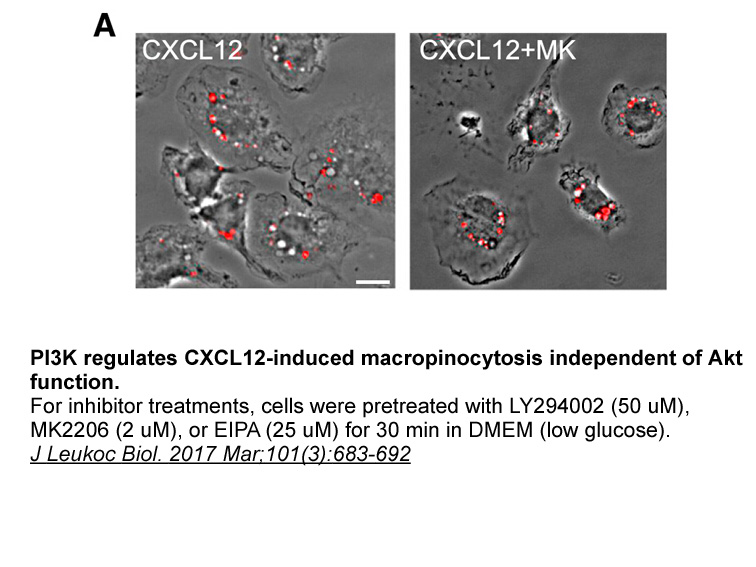
Other mutations in the SYNE1 3′ region (exons 81–85) have been implicated in an upper motor neuron disease, ARCA1 (Gros-Louis et al., 2007). The disease is characterized by progressive movement, coordination, and balance problems caused by disrupted Purkinje cell function and their impaired signalin
-
The desire for COTS products and some
2021-06-24
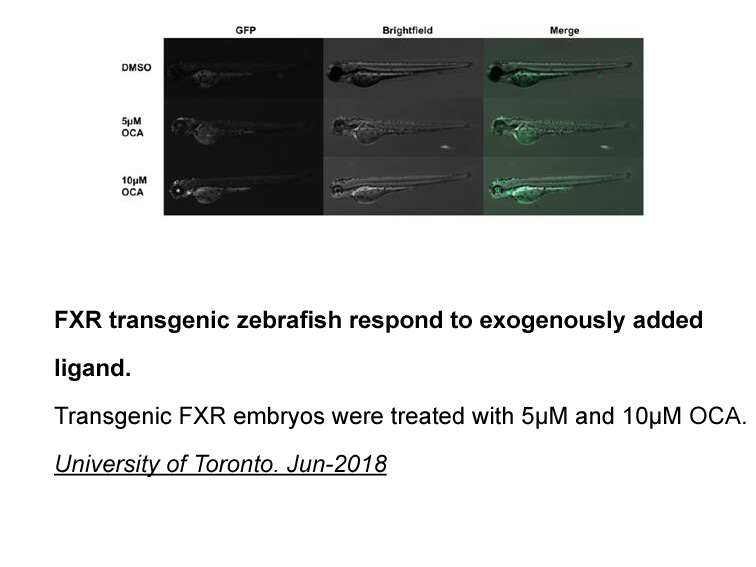
The desire for COTS products––and some potential problems There are also technological reasons in support of the use of OTS products. For example, Dawkins and Riddle (2000) point out that the relatively small safety-related systems market cannot sustain the rate of technological advancement stimula
-
The mitogen activated protein kinase MAPK pathway
2021-06-24

The mitogen-activated protein kinase (MAPK) pathway is a highly conserved module that mediates the transduction of signals from the cell surface to the nucleus (M. Köbel et al., 2005), meanwhile, it is known to be activated by a wide array of signals ranging from growth and differentiation factors t
-
Bialaphos sodium salt The role of ETB clearing receptors
2021-06-24

The role of ETB clearing receptors has been studied in detail in endothelial cell–specific ETB knock-out mice. In these animals, clearance of an intravenous Bialaphos sodium salt of labeled ET-1 was reduced significantly compared with wild-type controls. Importantly, functioning ETB were retained o
-
br In some but not all human vessels a
2021-06-24
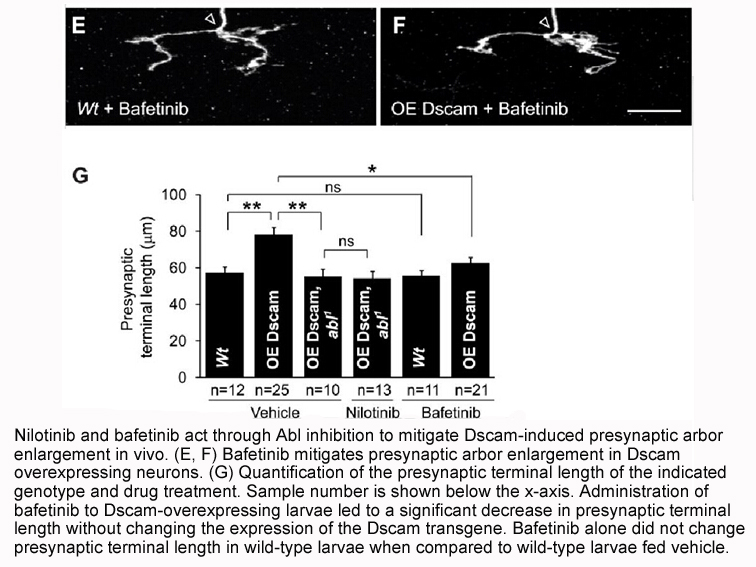
In some, but not all, human vessels, a small population of ETB (usually Eplerenone with atherosclerotic lesions did not show any increase. In agreement, in experimental medicine studies in both heart failure patients and volunteer controls, selective ETA antagonism (BQ123) caused the expected pot
-
The potential existence of ER stress was first examined
2021-06-24
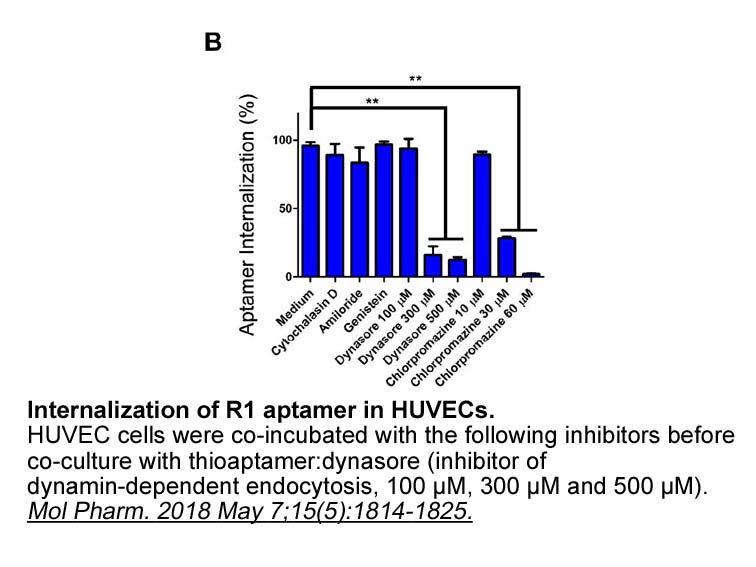
The potential existence of ER stress was first examined in EVTs in placental bed biopsy specimens obtained from pregnancies complicated by early-onset preeclampsia. It was then tested whether ER stress can modulate MMP-2 activity before elucidating the role of proinflammatory cytokines in the induct
-
br Conclusions br Acknowledgements This
2021-06-24

Conclusions Acknowledgements This work was supported by the Science and Technology Planning Projects of Guangdong Province (2014A020210027); the Major Scientific Research Projects of Universities in Guangdong Province (2016KZDXM042); the Natural Science Foundation of Guangdong Province (2015A0
-
br Conclusion br Introduction br CRL E
2021-06-23
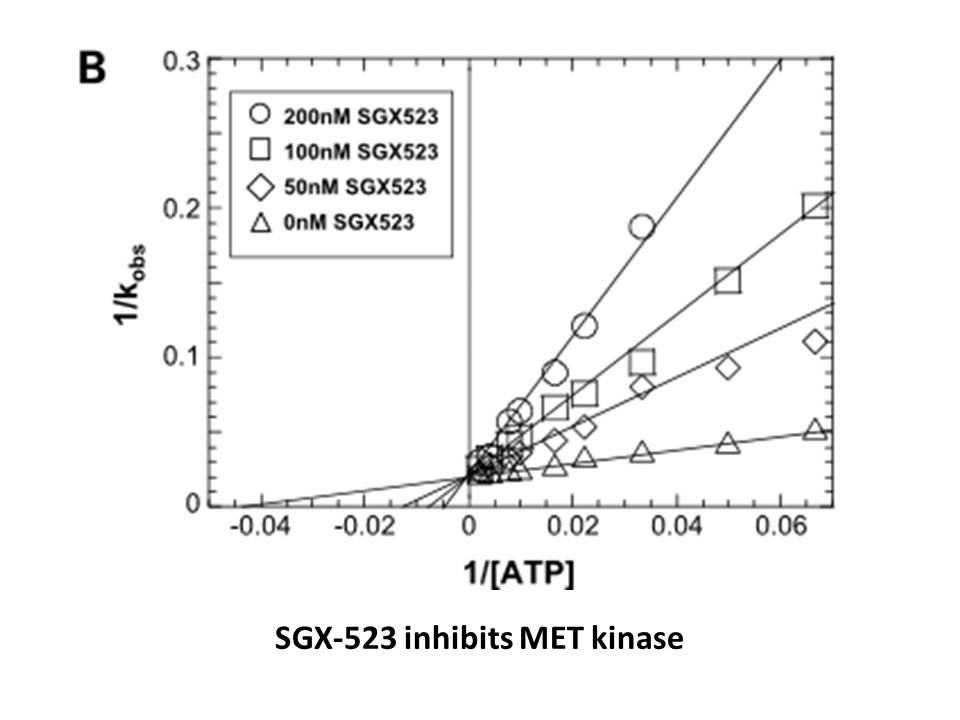
Conclusion Introduction CRL4 E3 ligases in tumorigenesis Small molecule-based PROTACs PROTAC: Major biological impacts Acknowledgements The authors sincerely apologize to all those colleagues whose important work was not cited in this paper owing to space limitations. They thank th
16175 records 662/1079 page Previous Next First page 上5页 661662663664665 下5页 Last page